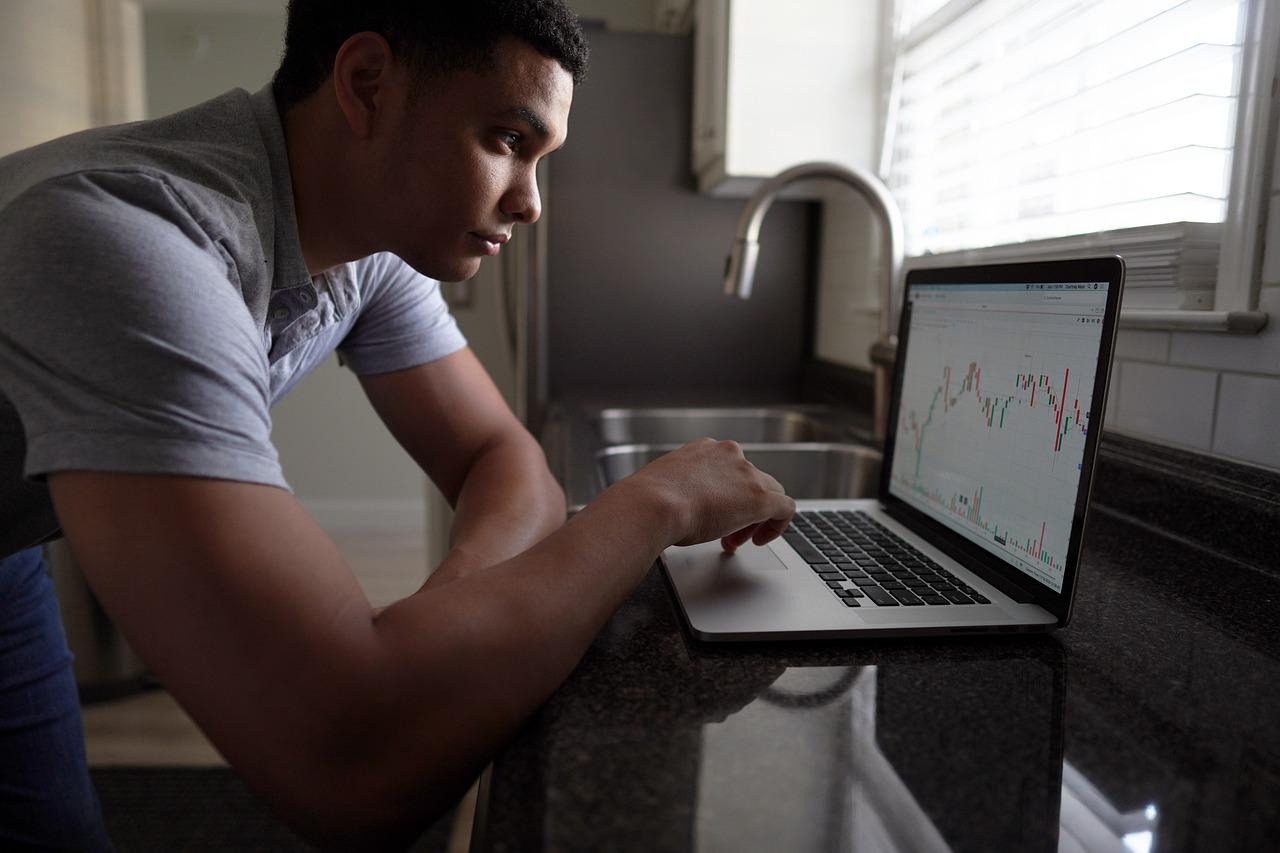
How to Choose the Right Trading Education Platform
With the rise of online learning, traders now have access to a wide range of trading education platforms. Whether you’re just starting out or looking to sharpen your strategies, selecting the right platform is crucial for your growth and success. But with so many options available, how do you make the right choice?
1. Define Your Trading Goals
Before diving into course catalogs, take time to understand what you want to achieve. Are you a complete beginner? Interested in technical analysis? Want to specialize in forex or crypto trading? Your goals should guide your choice of platform and courses.
2. Evaluate Course Content
Quality matters. Look for platforms that offer structured, well-organized courses. A good course should start with fundamentals and gradually advance into more complex topics. Platforms like Udemy, Coursera, and Investopedia Academy offer tiered learning paths that can match various experience levels.
3. Check Instructor Credentials
The credibility of the instructor is often overlooked. Look for educators with real trading experience, proven results, or professional backgrounds. Reviews and ratings by other learners can also provide insight into teaching quality and engagement.
4. Consider Community & Support
Learning in isolation can be challenging. Platforms that provide community features such as discussion boards, mentorship, or live Q&A sessions can significantly enhance your experience and motivation. Bear Bull Traders and Warrior Trading, for instance, are known for their active trading communities.
5. Compare Pricing and Access
Trading courses vary widely in cost—from free YouTube videos to premium subscriptions. Some platforms offer lifetime access, while others operate on a monthly plan. We recommend comparing several platforms based on pricing, what’s included, and whether a certificate is provided upon completion.
6. Look for Practical Application
Theory is important, but hands-on practice is where you learn the most. Choose platforms that include simulations, trading tools, or live trading examples. Practicing what you learn in a real or demo environment builds confidence and skill.
Final Thoughts
There’s no one-size-fits-all trading education portal. The right choice depends on your goals, budget, and learning style. By doing a little research and reading unbiased platform comparisons, you’ll be better positioned to invest in your education wisely—and potentially, your trading success.



